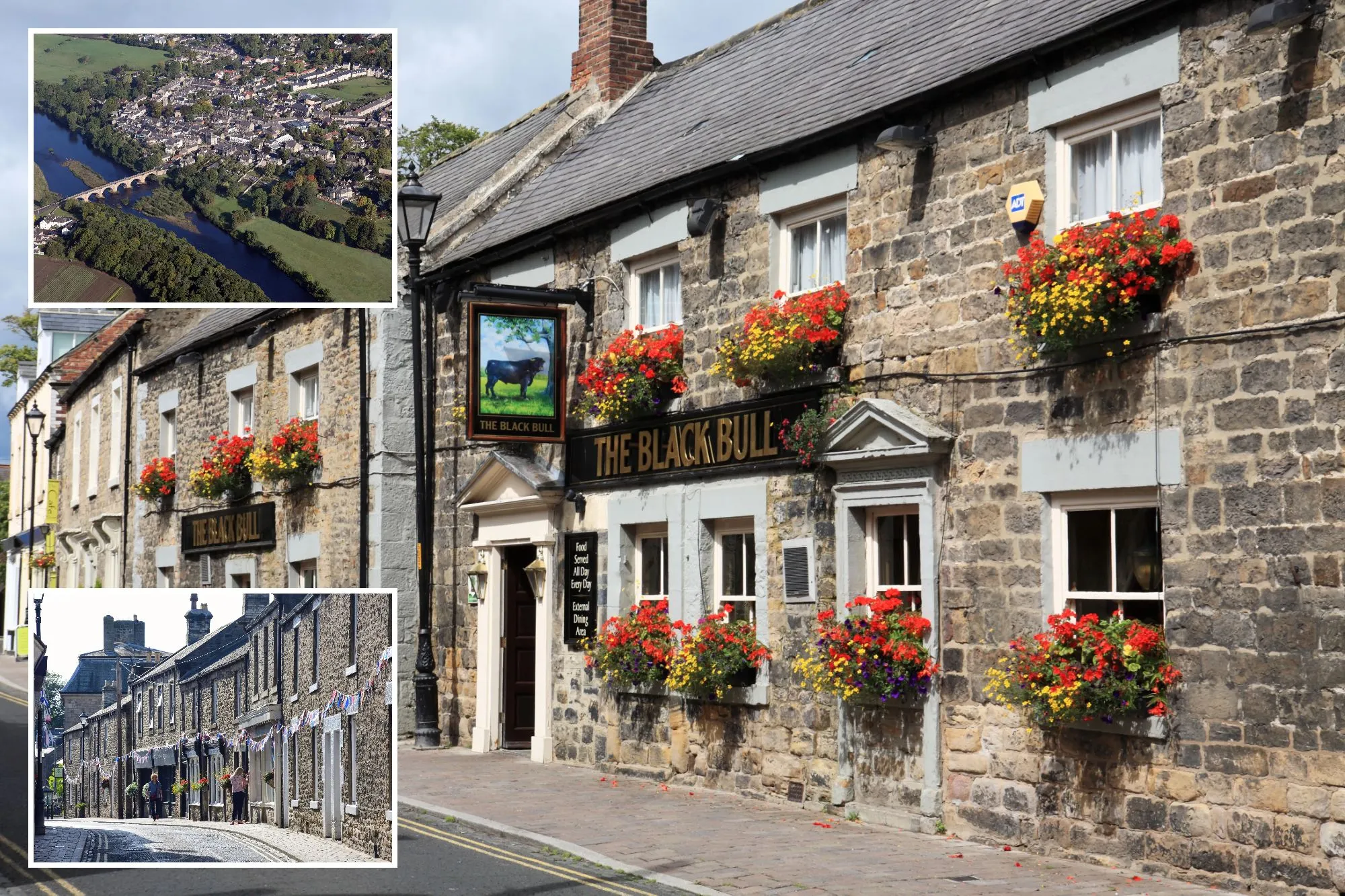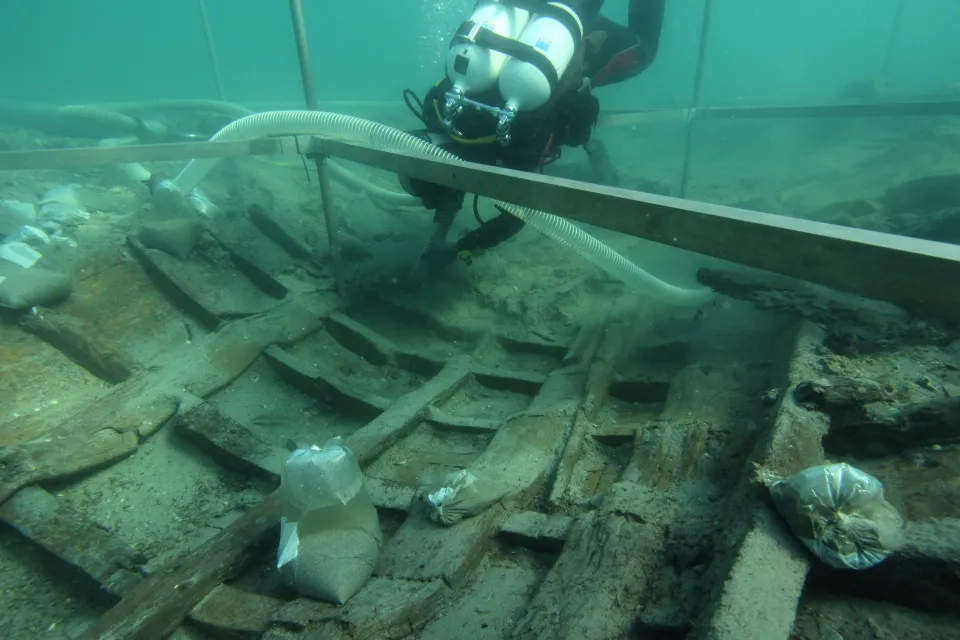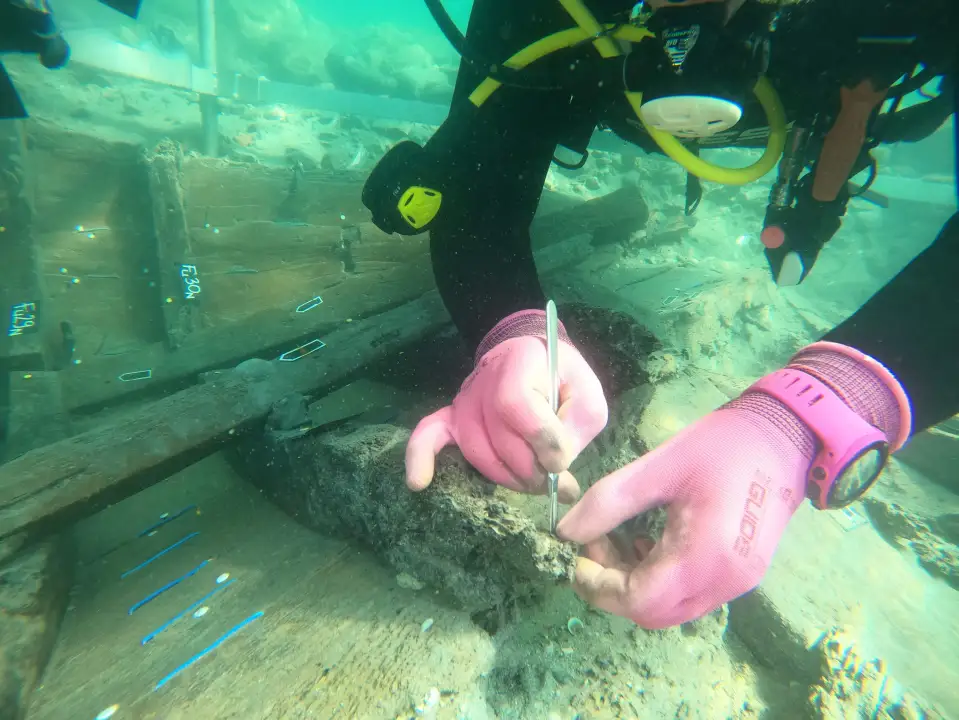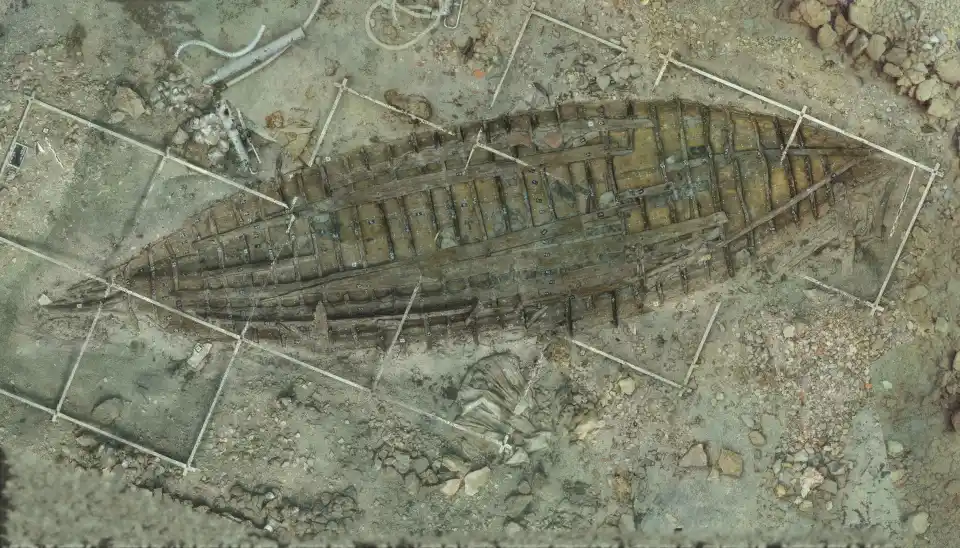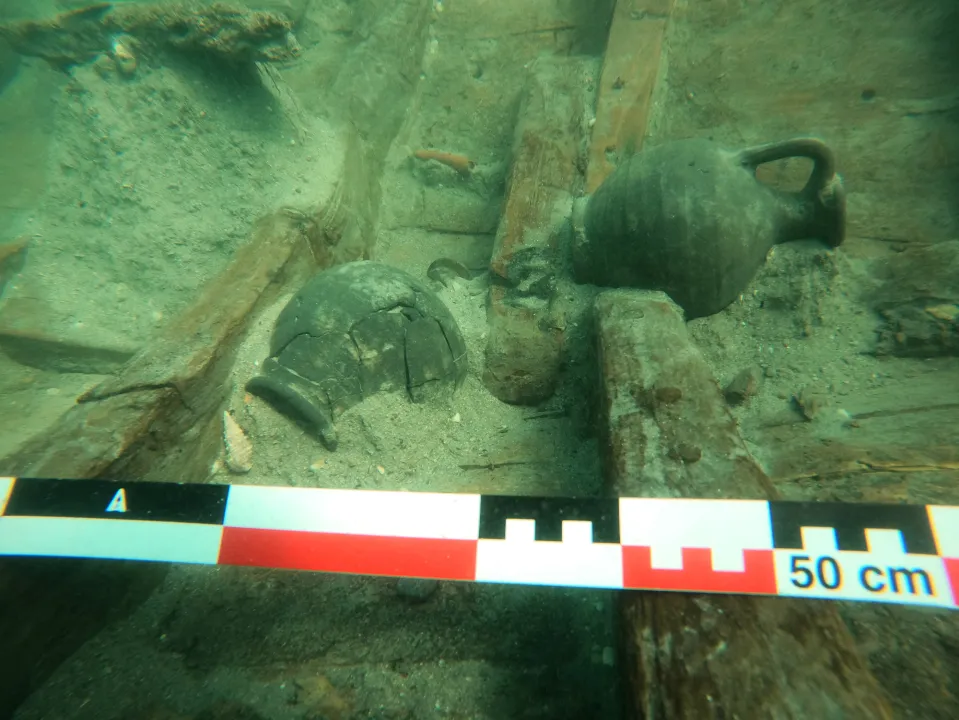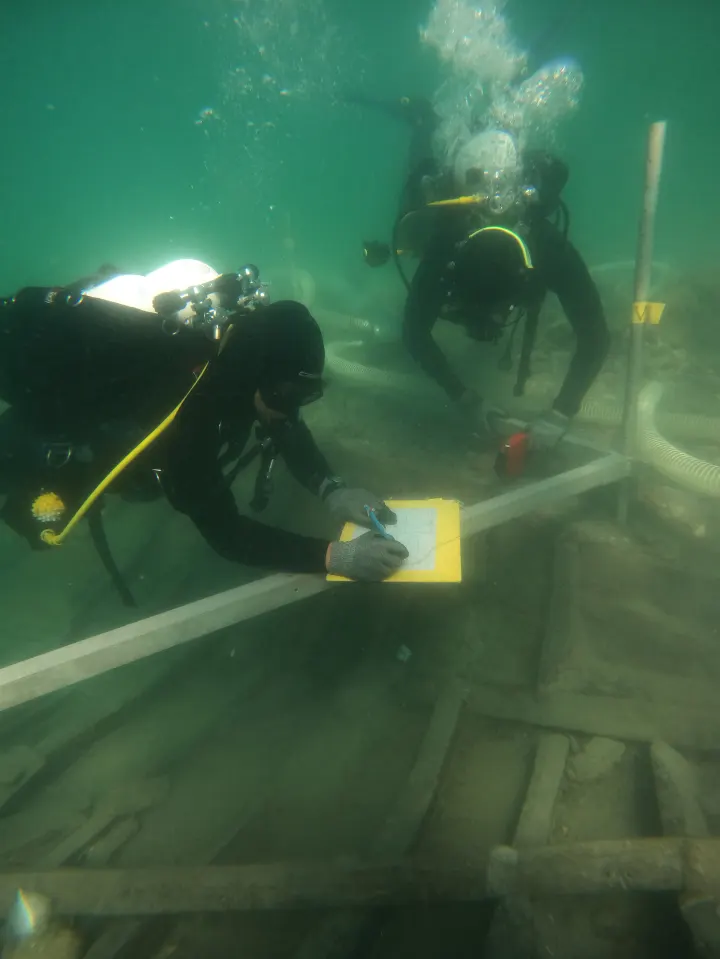It’s one of the largest surviving examples from the Roman occupation of Britain, and —hiding in plain sight — it is completely free to visit all year round.
History buffs are in for a treat as a massive Roman amphitheatre is hiding in plain sight right here in the UK.
Nestled next to Cirencester — the largest town in the Cotswolds — lie the earthwork remains of a gigantic amphitheatre, which at its height, was one of the biggest Roman amphitheatres in Britain.
History of the amphitheatre
Constructed in the early 2nd century AD – when Cirencester was known as the Roman city of Corinium and was second only to London in size and population – this amphitheatre could accommodate up to 8,000 spectators. The Cirencester Amphitheatre began life as a simple quarry, with the majority of the stone used to build the town believed to have come from it.
By the time most of the town had been built, its layout already closely resembled that of an amphitheatre, complete with tiered seating.
In modern-day Britain, the Cirencester Amphitheatre is considered one of the largest surviving examples from the Roman occupation of the island. After the Roman army departed Britain in AD 408, life in Cirencester quickly declined without their pay, which was a key support for the local economy and helped maintain order.
With no central authority to take the reins, the town’s urban heart was left lifeless. Private benefactors who had promised to fund public games were conspicuously absent. This led to the amphitheatre being abandoned as a place of entertainment, and in a brave bid to keep their community alive, the town leaders transformed the renowned structure into a fortress.
A trench was carved along the southern side of the building, and its entrances were made narrower. However, these efforts seemed futile, as by AD 577, a stronghold thought to be Cirencester was reported to have succumbed to the advancing Saxons. The amphitheatre then lay deserted for several centuries.
Archaeologists have since unearthed remnants of timber buildings from the 5th century at the once-celebrated site. During the Middle Ages, it is said that the Abbot of Cirencester enclosed the area to use it as a rabbit warren. Its local moniker, ‘the Bull Ring’, suggests that it may have later been used for bull-baiting – a potential nod to its original Roman-era purpose.
Architecture and Structure
Unlike the circular designs of the amphitheatres at Silchester and Dorchester, the Cirencester Amphitheatre was oval-shaped, with an entrance at each end of the structure’s longer axis.
The vast earth banks, the only remnants of the once towering structure, held rows of wooden seats built on terraced drystone walls. It’s thought that there was also a standing area for spectators within the building, reports Gloucestershire Live. The amphitheatre’s seating area alone could accommodate around 8,000 people — a figure not far off from the entire population of Corinium at the time (approximately 10,000).
A wall separated the audience from the arena, which was covered with sand and fine gravel. During a later renovation, two small chambers were built on either side of the entrance’s inner end. Indications suggest that one of them was dedicated to Nemesis, the goddess often honoured in amphitheatres from the Roman Empire.
Getting there
Cirencester Amphitheatre is free to explore as it’s not a ticketed site. However, visitors should be aware that some parts of the site are uneven, making them unsuitable for wheelchair users. There’s also a small flight of stairs at the entrance of the structure which may pose an accessibility challenge.
Dog owners are welcome to bring their pets to Cirencester Amphitheatre, provided they are kept on leads. Free parking is available in the car park at the eastern end of Cotswold Avenue, and shops, toilets, and food outlets can be found in the nearby Cirencester town centre.




